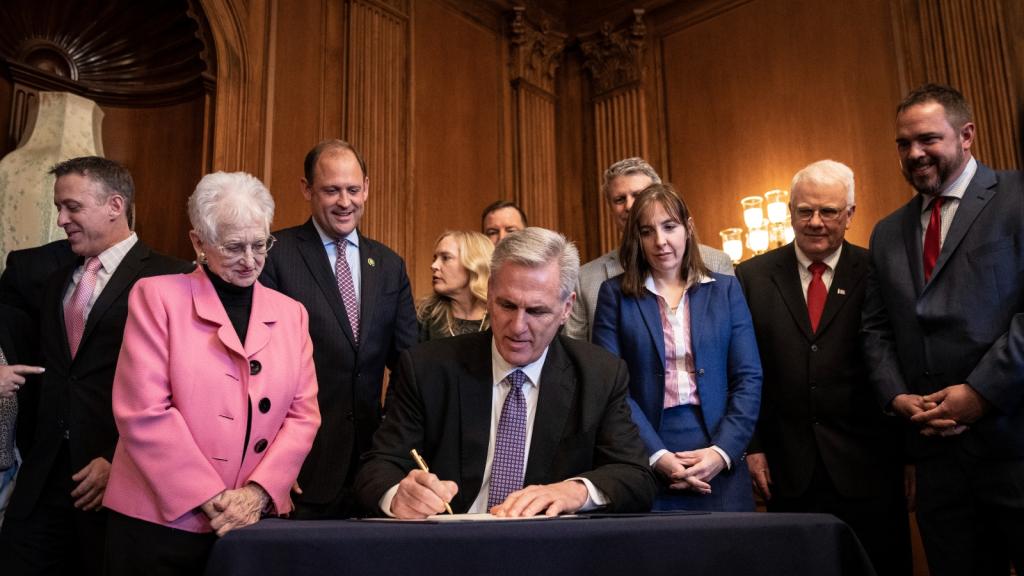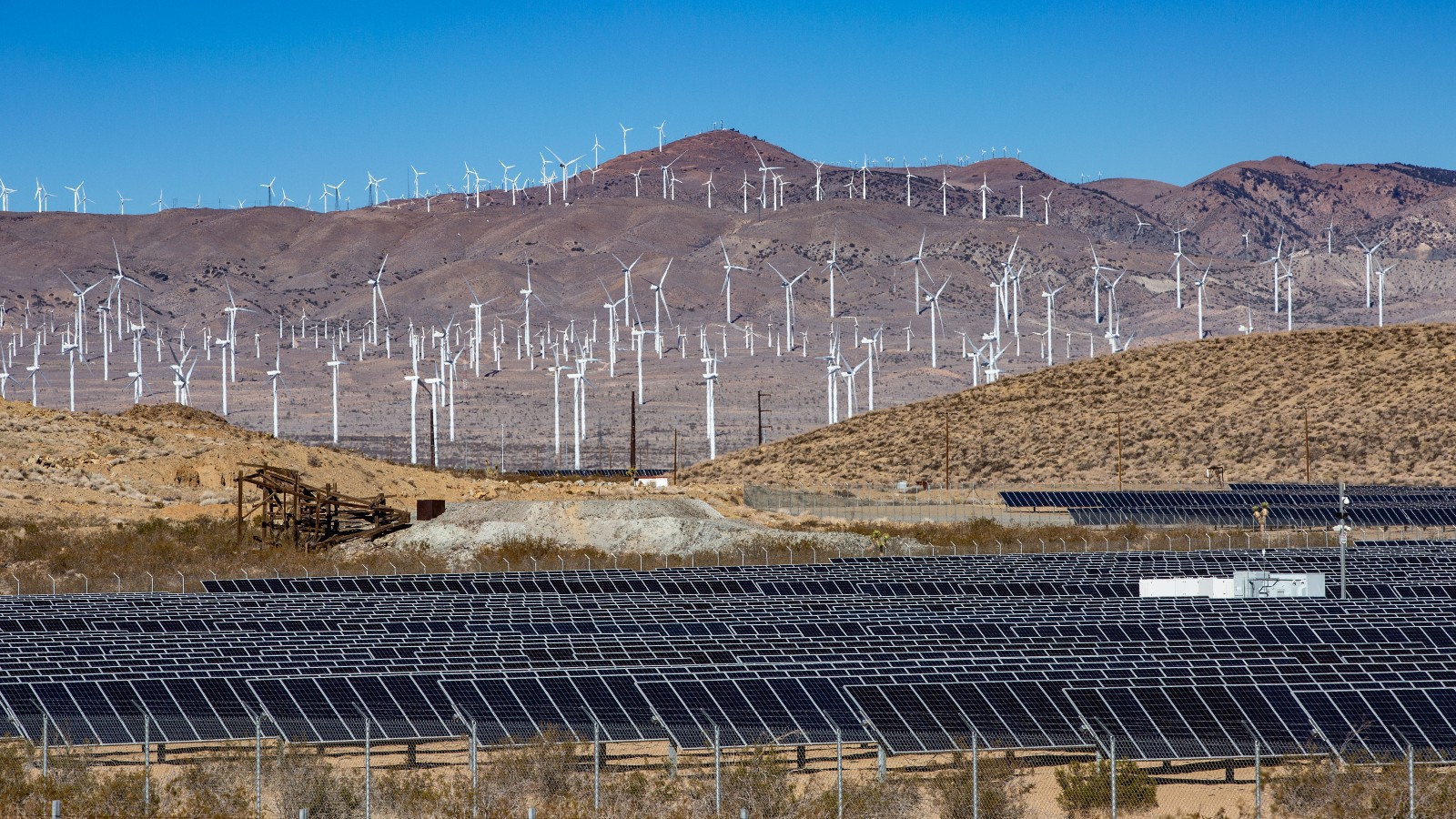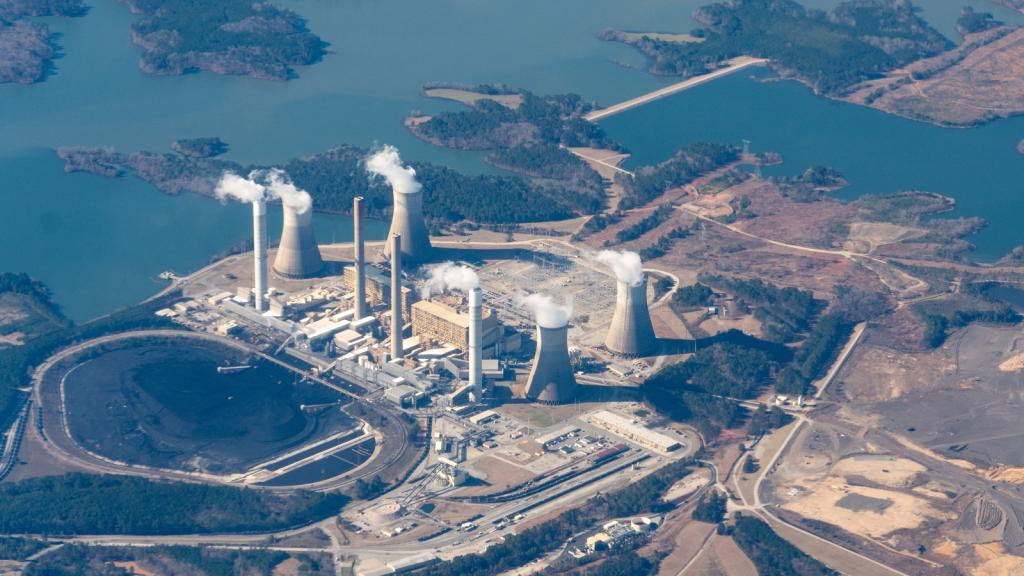Last year, U.S. renewable electricity generation surpassed coal for the first time, according to newly released federal data. The report marks a major milestone in the transition to clean energy, but experts say that much faster progress is needed to reach international climate targets.
According to the Energy Information Administration, a federal statistical agency, combined wind and solar generation increased from 12 percent of national power production in 2021 to 14 percent in 2022. Hydropower, biomass, and geothermal added another 7 percent — for a total share of 21 percent renewables last year. The figure narrowly exceeded coal’s 20 percent share of electricity generation, which fell from 23 percent in 2021.
The growth in renewable electricity was largely driven by a surge in added wind and solar capacity, the agency said. Texas was the top wind-generating state last year, producing more than a quarter of all U.S. wind generation. It was also the leading state for natural gas and coal power. Iowa and Oklahoma landed at second and third in wind generation, accounting for 10 percent and 9 percent of national wind power respectively.
California took the lead in solar, clocking in with 26 percent of the nation’s solar electricity. Texas came in second at 16 percent, followed by North Carolina at 8 percent. Renewable generation also exceeded nuclear for the second year in a row, after surging ahead for the first time in 2021.
But the report found that fossil fuels still dominate the country’s energy mix. Natural gas remained the top source of electricity in the U.S. — its share rose from 37 percent of electricity generation in 2021 to 39 percent in 2022.
For 2023, the Energy Information Administration forecasts additional growth in renewables. The agency predicts wind power will increase from 11 percent to 12 percent of total power generation this year. Solar is projected to rise from 4 percent to 5 percent. Coal is expected to further decline from 20 percent to 17 percent. Meanwhile, natural gas generation is expected to remain unchanged.
Despite the encouraging news, some energy experts say the uptick in renewables still isn’t fast enough. On Tuesday, the International Renewable Energy Agency, an intergovernmental organization, announced that global annual investments in renewables need to more than quadruple to meet the Paris Agreement target of limiting warming to 1.5 degrees Celsius (2.7 degrees Fahrenheit). The assessment echoes the latest report by the Intergovernmental Panel on Climate Change, the world’s top climate science body, which called for a rapid scale-down of greenhouse gas emissions largely produced from fossil fuels.
Melissa Lott, director of research for the Center on Global Energy Policy at Columbia University, told the Associated Press that the $369 billion in clean energy spending authorized by the 2022 Inflation Reduction Act should have a “tremendous” impact on further accelerating domestic renewable energy growth. But to reach that potential, the U.S. may need new policies to remove hurdles that stand in the way of building new clean energy infrastructure.
In the United States, rapid deployment of renewable energy has been hindered by practical barriers including delays in connecting projects to aging electric grids. At the end of 2021, thousands of wind, solar, and battery storage projects were waiting to connect to grids across the country. According to data from the Department of Energy, less than 20 percent of wind and solar projects waiting to be connected are successfully completed. And even when projects are approved, developers often discover they need to pay for new transmission lines to deliver power to residents and businesses. Those transmission lines often face further permitting delays.
“It doesn’t matter how cheap the clean energy is,” Spencer Nelson, the managing director of research at the nonprofit ClearPath Foundation, recently told the New York Times. “If developers can’t get through the interconnection process quickly enough and get enough steel in the ground, we won’t hit our climate change goals.”



